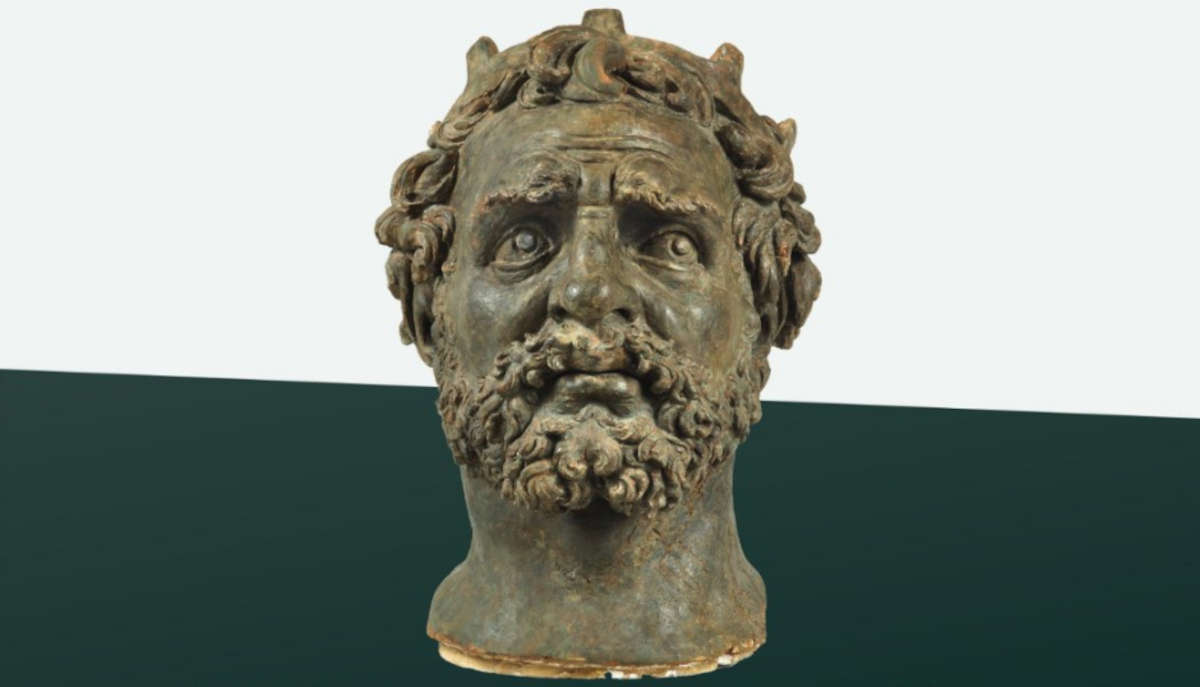Montepulciano celebrates the myth and history of the Etruscan lucumone Porsenna with the exhibition Porsenna between History and Legend, hosted from July 10, 2025 to January 6, 2026 in the Museo Civico Pinacoteca Crociani. The exhibition is part of the calendar of the Etruscan Project 85/25, an initiative promoted by the Region of Tuscany and organized by the Fondazione Musei Senesi and the Association of Archaeological Museums and Parks of Tuscany. The event is organized in collaboration with the Municipality of Montepulciano, the Museo Civico Pinacoteca Crociani and the town’s Pro Loco.
The exhibition delves into the historical and modern fortunes of Porsenna, ruler of Chiusi known for his heroic deeds, peace negotiations and siege of Rome in support of Tarquinius the Proud, as narrated by ancient sources such as Livy, Pliny and Tacitus. The exhibition highlights how, between the 15th and 16th centuries, the myth of Porsenna was reinterpreted and celebrated in humanistic culture, linking it in particular to the legendary foundation of Montepulciano.
At the center of the exhibition is the famous work that Andrea Sansovino (Monte San Savino, c. 1460 - 1529) created in the early sixteenth century precisely for Montepulciano: a terracotta colossus depicting Porsenna, probably commissioned between 1518 and 1528 and cited by Giorgio Vasari in his Lives as “una cosa singulare.” Of the great statue, originally about three meters high, only the head survives today, preserved in the Biblioteca Comunale and first reproduced in 1641 in the frontispiece of Spinello Benci’s Storia di Montepulciano.
Sansovino, trained in the Florence of Lorenzo the Magnificent and active between Rome and Loreto, chose terracotta as his material to pay homage to classical and Etruscan art. The lucumone’s head reveals a proud and regal face with a radiate crown that recalls the imperial iconographies of the Hadrian and Antonine periods, while the naturalistic rendering of the physiognomy shows influences from the sculptures of the Holy House of Loreto.

The exhibition is not limited to sculpture, but offers anextensive documentary section illustrating the historical and legendary construction of the figure of Porsenna. Renaissance and humanistic texts, such as Leonardo di Piero Dati’s De gestis Porsenne regis Etruscorum, highlight how the myth was a tool of identity legitimization and celebration for the city of Montepulciano. In fact, the link between Porsenna and the city of Montepulciano emerges strongly in Spinello Benci’s History of the City of Montepulciano, where the king’s head is flanked by the city’s coat of arms and celebrated as a legendary founder.
The exhibition thus aims to offer a dialogue between archaeology, history and humanistic rewritings, allowing the public to explore the fortunes of a character spanning centuries of historical narrative and artistic reinterpretation. The exhibition highlights not only the historical dimension of Porsenna, but also his ability to embody identity and cultural symbols, both in ancient times and in the Renaissance tradition.
In this context, the head of Porsenna made by Sansovino becomes a powerful visual symbol that can link Roman and Etruscan history to Renaissance artistic practices and the construction of an enduring city identity. The exhibition, accessible to all, allows a close look at an often fragmentary heritage, offering a new perspective on the fortunes of Etruscan figures in European culture.
 |
| Montepulciano dedicates exhibition to legendary Etruscan king Porsenna |
Warning: the translation into English of the original Italian article was created using automatic tools. We undertake to review all articles, but we do not guarantee the total absence of inaccuracies in the translation due to the program. You can find the original by clicking on the ITA button. If you find any mistake,please contact us.